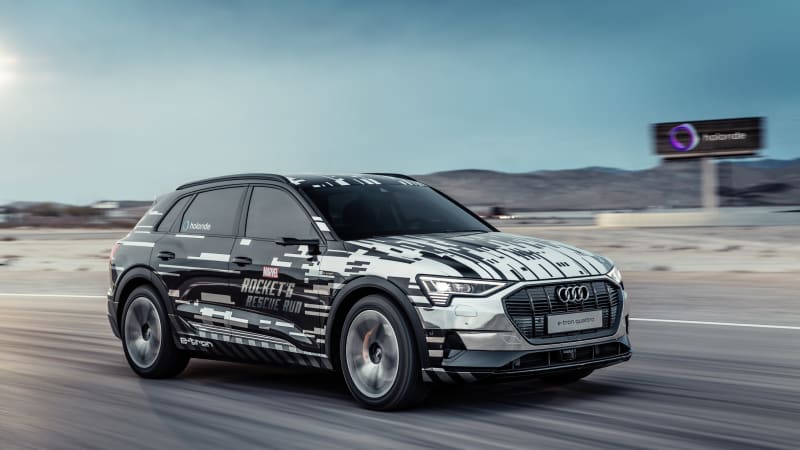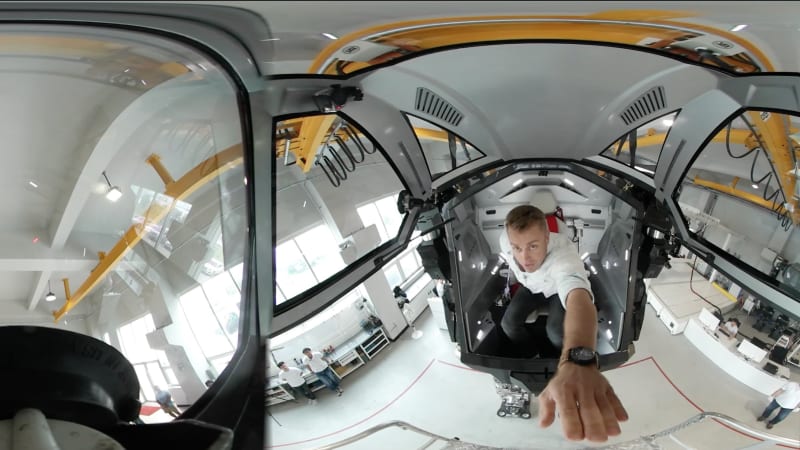
Volvo is expanding its connected-vehicle safety technology across Europe that lets Volvo automobiles share signals whenever one vehicle switches on its hazard lights to highlight potential obstructions, slippery roads or other dangers. The company last year rolled out the service in Sweden and Norway on its 90 Series passenger cars and Volvo Trucks.
Next week, the Hazard Light Alert and Slippery Road Alert will become available to all Volvo drivers in Europe, the automaker says. They'll be standard on all new 2020 models and can be retrofitted on certain models built on Volvo's Scalable Product Architecture or Compact Modular Architecture going back to the 2016 model year.
The Hazard Light Alert sends a signal to all nearby Volvo cars connected to the cloud service whenever a driver in an equipped Volvo switches on the hazard lights, warning other drivers to help avoid potential accidents, particularly on blind corners or hill crests. The Slippery Road Alert anonymously collects information about road surfaces from cars further ahead and warns approaching drivers about slippery conditions before they reach them.
It's the latest step for the brand synonymous with safety to make roads safer. Volvo last month announced it will limit the top speed of all its cars from 2020 onward to 180 kph, or 112 mph. It also said it plans to deploy cameras and other in-car sensors that can monitor the driver's state and attentiveness to prevent distracted or drunk driving.
Of course, the broadening of these technologies for now only go as far as fellow Volvo drivers. So the company announced that for the first time, it's making what it has learned about safety over more than 40 years of research, segmented by decade, publicly available in a digital library for other automakers to use and replicate.




 Tailored VR experiences for backseat passengers.
Tailored VR experiences for backseat passengers. On this episode of AutoblogVR, pop a squat inside an actual, functional mech suit. If you have a VR headset, you're gonna want to pull it out for this one.
On this episode of AutoblogVR, pop a squat inside an actual, functional mech suit. If you have a VR headset, you're gonna want to pull it out for this one.